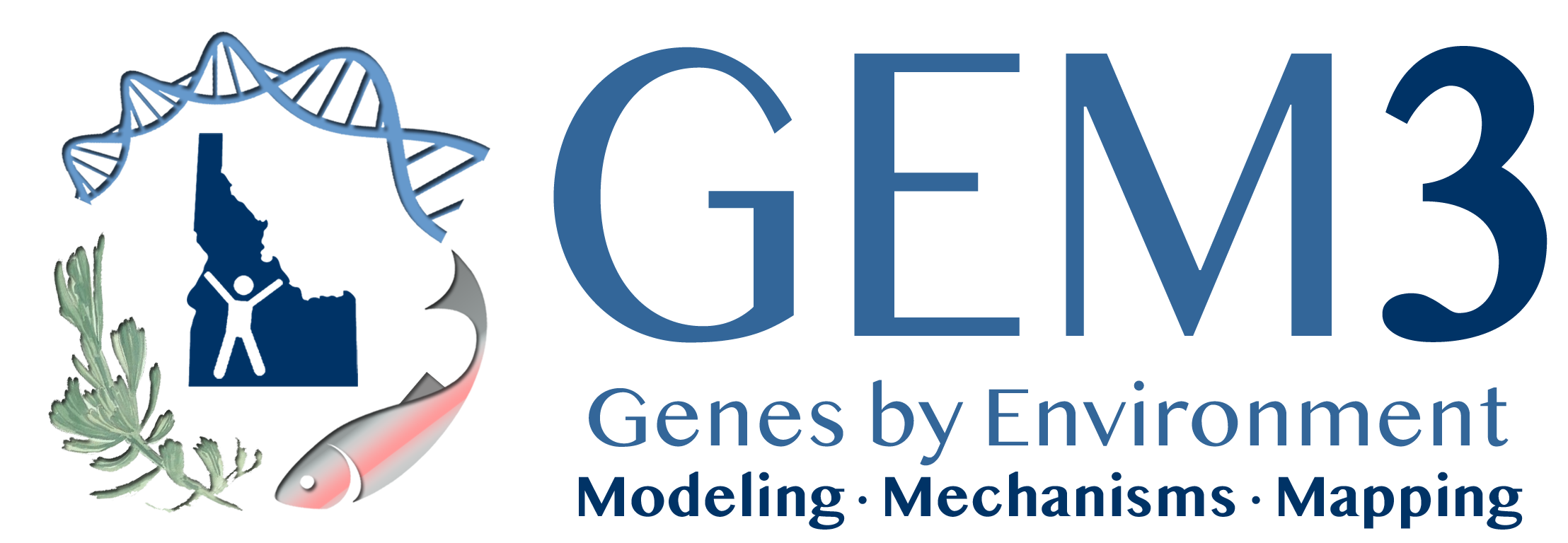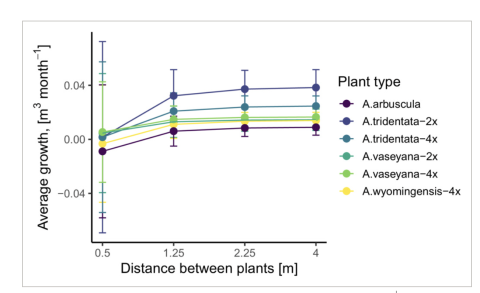Field-based transplant gardens, including common and reciprocal garden experiments, are a powerful tool for studying genetic variation and gene-by-environment interactions. These experiments assume that individuals within the garden represent independent replicates growing in a homogenous environment. Plant neighborhood interactions are pervasive across plant populations and could violate assumptions of transplant garden experiments. We demonstrate how spatially explicit models for plant–plant interactions can provide novel insights on genotypes' performance in field-transplant garden designs. We used individual-based models, based on data from a sagebrush (Artemisia spp.) common garden, to simulate the impact of spatial plant–plant interactions on between-group differences in plant growth. We found that planting densities within the range of those used in many common gardens can bias experimental outcomes. Our results demonstrate that higher planting densities can lead to inflated group differences and may confound genotypes' competitive ability and genetically underpinned variation. Synthesis. We propose that spatially explicit models can help avoid biased results by informing the design and analysis of field-based transplant garden experiments. Alternately, including neighborhood effects in post hoc analyses of transplant garden experiments is likely to provide novel insights into the roles of biotic factors and density dependence in genetic differentiation.
Mean differences between intraspecific groups of Artemisia tridentata in terms of growth. The plot shows predicted growth under two contrasting simulation scenarios: Low (0.5 m interspaces) and high (4 m interspaces) planting density. The error bars correspond to 1 standard deviation around the predicted mean.
| GEM3 author(s) | |
| Year published |
2022
|
| Journal |
Ecology and Evolution
|
| DOI/URL | |
| Keywords |
Ecology
Agent Based Models
Mathematical Models
Landscapes
Sagebrush
|
| GEM3 component |
Modeling
|
| Mentions grant |
Yes
|

